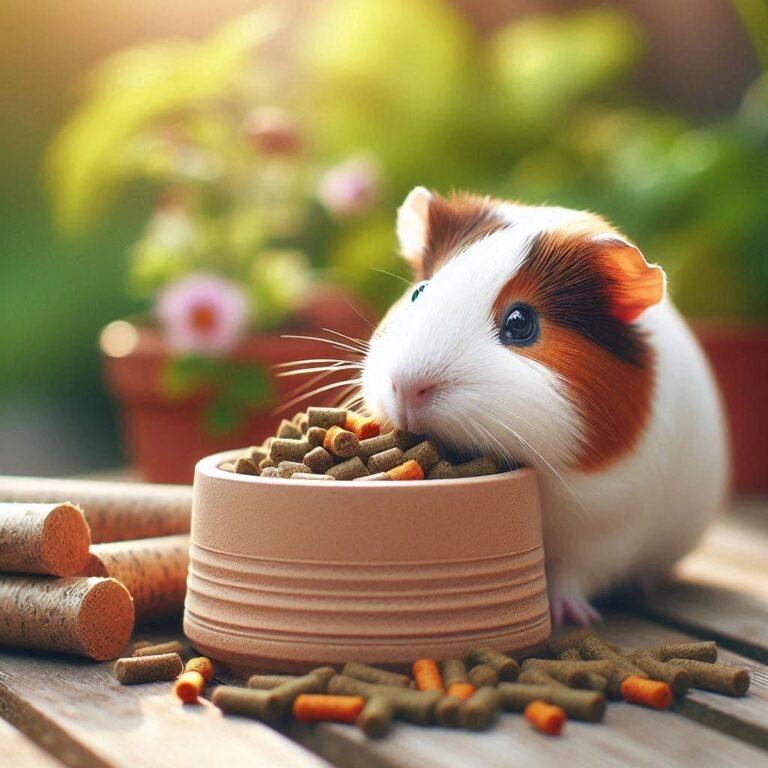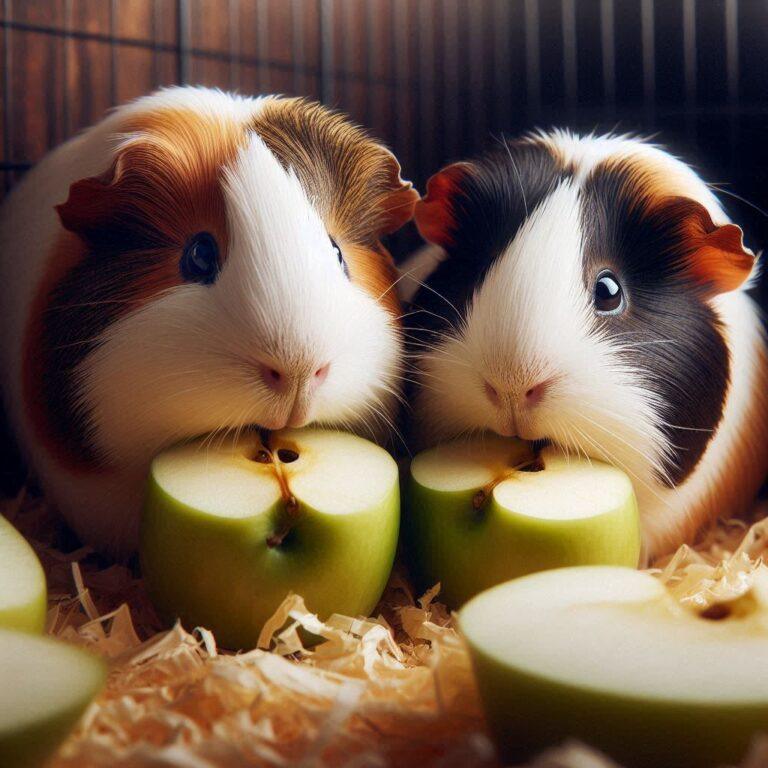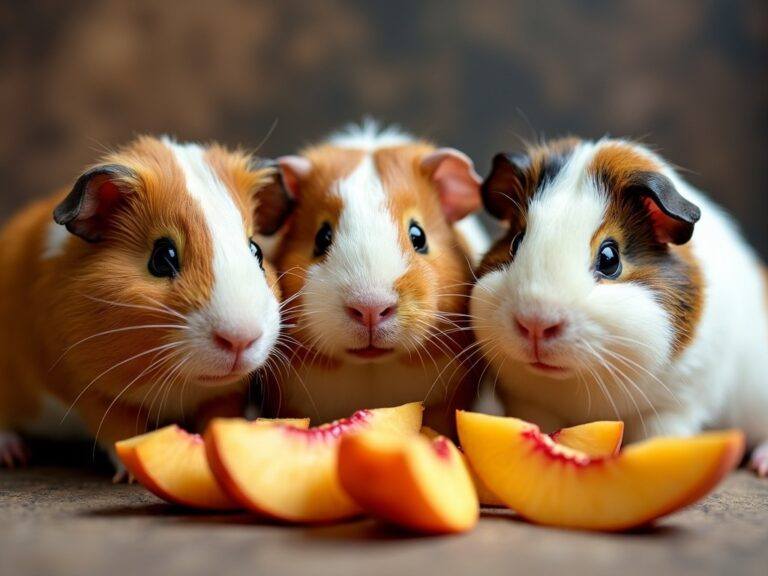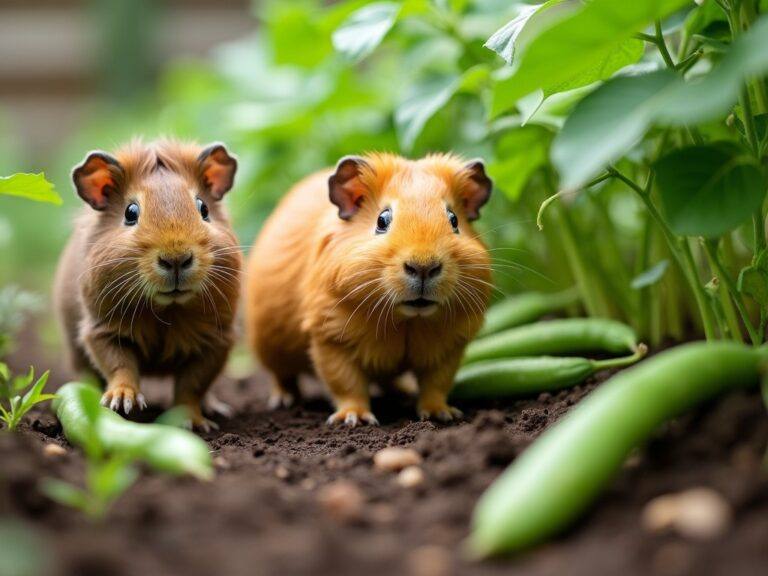Can Guinea Pigs Safely Eat Mint
Yes, guinea pigs can eat mint safely. They can benefit from the vitamins A and C found in it which are vital for their skin and overall well-being,
Their digestive system is built for a high-fiber, low-sugar diet, primarily consisting of hay, with supplemental vegetables such as bell peppers or carrots and a limited amount of fruit like seedless apples or pears.
Therefore, while mint contains essential nutrients and is non-toxic to guinea pigs, it should not replace their core diet components.
I must stress that moderation is key. Mint contains compounds that can be refreshing but might also cause digestive upset in large quantities.
Now, I’ll elaborate on why it’s essential to keep an eye on the dietary balance of these little creatures. These vitamins can’t be synthesized by their bodies, so they must be sourced from their diet.
Next, I will go through the details of a guinea pig’s dietary framework in the following section.
This should help you grasp what works and what doesn’t for your pet’s health, allowing you to recognize where mint sits in the spectrum of appropriate foods for your guinea pig.
Understanding the What Works and What Doesn’t
A balanced and appropriate diet is essential for keeping your guinea pig healthy. Fresh vegetables and fruits play a crucial role, providing vital vitamins and minerals.
However, not all fresh produce is equally beneficial. It’s important to know the dietary limitations and potential toxic foods that could harm your guinea pig.
Guinea pigs are herbivores with sensitive digestive systems. They require a diet high in fiber to keep their gut functioning properly.
Hay should be the mainstay of their diet, supplemented with fresh produce in moderation. Foods high in calcium or sugar can lead to health issues such as bladder stones or obesity, so these should be given sparingly, if at all.
Mint can be placed within the safe-to-eat category when offered in small amounts. It’s non-toxic and can provide variety to their diet.
However, mint should not be a large part of their diet due to its strong flavor and potential to upset their sensitive digestive system if given in excess.
Now that you understand the place of mint in a guinea pig’s diet, I’ll guide you through safely introducing this herb to your furry friend.
A Step-by-Step Guide to Introducing MInt
If you’ve determined that mint can be a safe treat for your guinea pig, introducing it properly is crucial for their health.
Start with a small piece of fresh mint leaf to gauge your pet’s reaction. Observe any changes in behavior or digestion over the next 24 hours.
Guinea pigs have varying tastes and might not like mint. If your pet enjoys it and shows no negative signs, you can gradually include it in their diet.
Mint should only be offered as an occasional treat, not a staple. Too much can cause digestive upsets due to its high water content.
Ensure the mint is washed thoroughly to remove any pesticides or contaminants. Organic mint is obviously the safest option and the one I choose if available.
Grow your own mint to have a steady, safe supply. It’s easy and you’ll know it’s free from harmful chemicals.
If your pet exhibits any signs of discomfort or illness after eating mint, discontinue immediately and consult a veterinarian.







